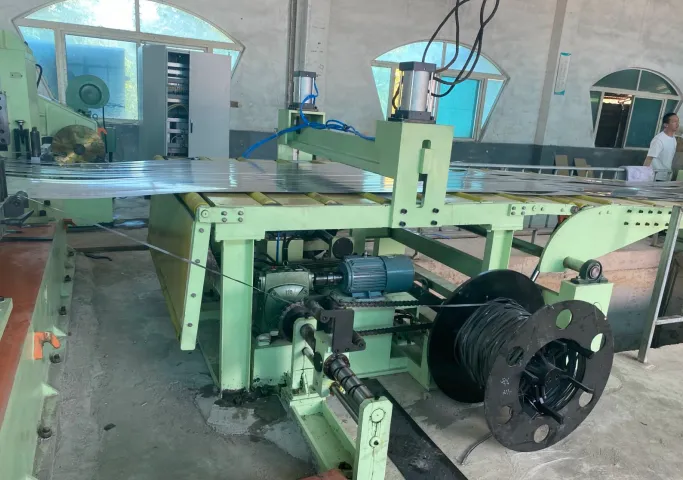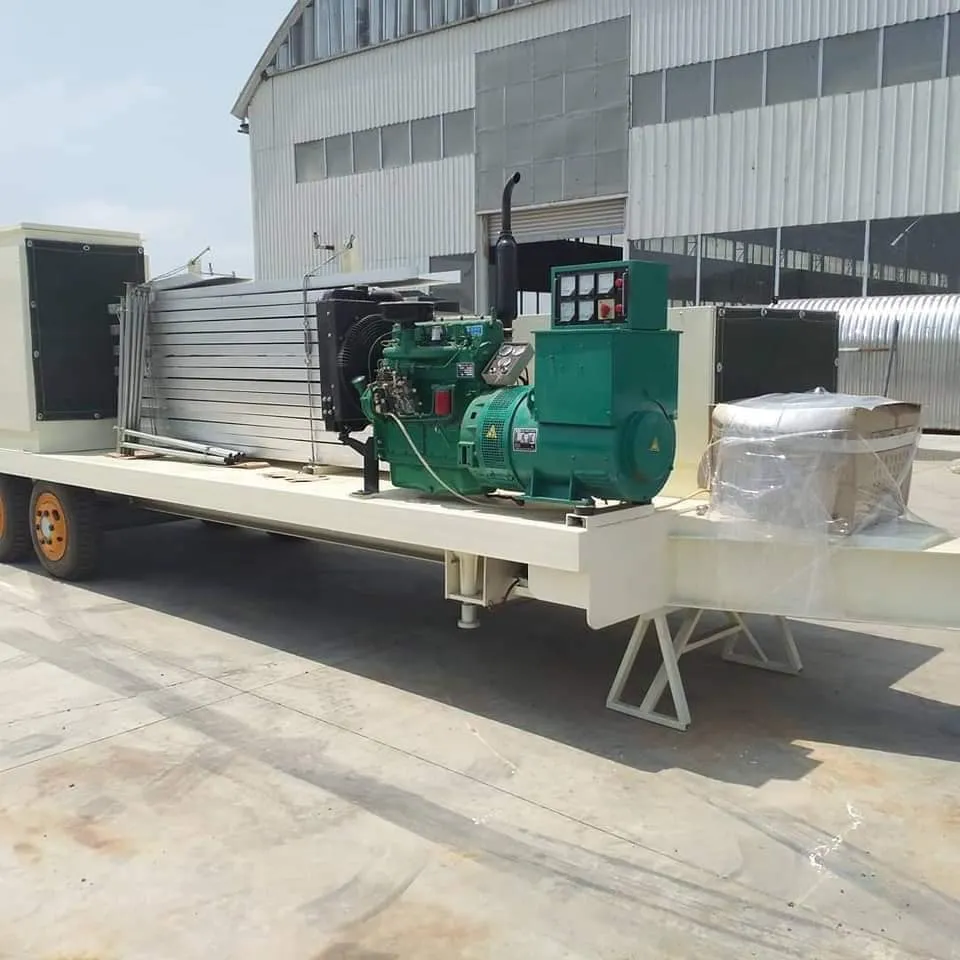Purlin Roll Forming Machines High-Efficiency C & Z Profile Solutions
- Impact of Purlin Forming on Modern Construction
- Technical Superiority in Roll Forming Engineering
- Supplier Comparison: Machine Performance Analysis
- Custom Engineering Solutions
- Material Science & Durability Factors
- Industry-Specific Application Cases
- Future Developments in Purlin Forming

(purlin forming)
Revolutionizing Structures with Purlin Forming Technology
Modern construction increasingly relies on advanced roll forming solutions, with purlin forming
machines becoming fundamental to structural integrity. These systems transform coiled steel into precise C, Z, and CZ sections at production rates exceeding 15 meters/minute. The global market for such equipment is projected to reach $9.2 billion by 2028, driven by demand for faster, more efficient building techniques. Unlike traditional methods, today's purlin machines reduce material waste by 38% while maintaining tolerances within ±0.5mm across lengths up to 12 meters. This precision engineering enables the creation of lighter yet stronger building skeletons that meet evolving international safety standards.
Engineering Excellence in Roll Forming Systems
Contemporary roll forming technology integrates multiple advancements that redefine production capabilities. PLC-controlled servo systems synchronize forming stations with hydraulic cutting mechanisms, achieving cycle times under 4 seconds per purlin. Key innovations include in-line punching units that create bolt holes simultaneously with the forming process, eliminating secondary operations. Advanced models feature laser-guided alignment systems that automatically compensate for thermal expansion during continuous operation. Power consumption has decreased by 27% compared to previous-generation machines, while dual-decoder measurement systems ensure consistent profile geometry even at maximum production speeds. These technical improvements directly translate to 22% faster project completion timelines for construction firms.
Performance Comparison of Industry Suppliers
Evaluation criteria for purlin roll forming machinery suppliers must consider both technical specifications and operational economics. The following comparison table illustrates key performance indicators for leading equipment types:
| Model Type | Forming Speed | Thickness Capacity | Power Consumption | Footprint | Tooling Change Time |
|---|---|---|---|---|---|
| C Purlin Roll Forming Machine | 8-15 m/min | 1.5-3.0mm | 11 kW | 15x4 m | 25 min |
| Z Purlin Roll Forming Machine | 10-18 m/min | 1.8-3.5mm | 13 kW | 18x5 m | 30 min |
| CZ Purlin Roll Forming Machine | 12-20 m/min | 2.0-4.0mm | 15 kW | 22x6 m | 45 min |
Leading CZ purlin roll forming machine suppliers differentiate through integrated production monitoring systems that track output efficiency in real-time. Maintenance costs vary significantly between models, with premium European designs showing 40% lower annual upkeep expenses despite higher initial investments. Production data indicates that hybrid CZ configurations deliver the highest ROI for high-volume manufacturers processing over 5,000 tons annually.
Adaptive Manufacturing Solutions
Modern roll forming equipment manufacturers increasingly offer customization programs that address specialized structural requirements. Modular designs allow for the incorporation of additional forming stations to create proprietary section geometries without compromising production speed. The most advanced z purlin roll forming machine designs now incorporate quick-change tooling systems that reduce profile conversion time to under 15 minutes through patented clamping mechanisms. For complex CZ profiles, manufacturers employ finite element analysis during the design phase to predict material behavior during forming operations, virtually eliminating trial runs. These capabilities enable the production of specialized sections with asymmetrical flanges or variable web heights required for seismic-resistant structures.
Material Advancements and Durability Testing
Modern purlin machines now process high-strength steel alloys including S550MC and Domex 700, which deliver 35% greater yield strength than conventional grades. Accelerated corrosion testing reveals that zinc-aluminum coated purlins produced on current roll forming systems maintain structural integrity after 1,200 hours of salt spray exposure. Vibration analysis during operation shows that precision-balanced rollers reduce harmonic distortion by 72% compared to earlier models, significantly decreasing wear on forming components. Third-party validation confirms that profiles created on premium machines withstand cyclical loading tests of over 500,000 stress cycles without deformation.
Application-Specific Performance Data
Agricultural construction projects utilizing C-purlin machines demonstrate 19% faster erection times due to integrated nesting software that optimizes material usage. For warehouse construction, a major logistics company reported reducing their structural assembly time by 32% after switching to a custom z purlin roll forming machine with error-proof connection systems. The most compelling data comes from bridge construction, where specialized CZ profiles enable longer unsupported spans. A recently completed transportation hub project achieved 68-meter clear spans using custom-purposed sections, eliminating 23 intermediate support columns and saving $1.7 million in material costs alone.
Innovation Trajectory for Purlin Forming Systems
Leading suppliers are now developing Industry 4.0-enabled purlin forming solutions with predictive maintenance algorithms that analyze drive motor performance to forecast bearing failures 350 operating hours in advance. Secondary processes are being integrated directly into production lines, such as automated welding stations that attach connection plates during the forming sequence. Research indicates that artificial intelligence implementation could yield a further 18% reduction in material waste by optimizing coil cutting patterns based on structural load calculations. These advancements solidify roll forming machinery as indispensable in the construction value chain, evolving from simple profile producers to integrated structural solutions providers.

(purlin forming)
FAQS on purlin forming
Q: How often should I maintain my C purlin roll forming machine?
A: Regular maintenance every 500 operating hours or monthly is recommended. Lubricate moving parts and inspect rollers for wear to ensure optimal performance.
Q: What factors should I consider when choosing a CZ purlin roll forming machine supplier?
A: Prioritize suppliers with proven industry experience, after-sales support, and material compatibility certifications. Request machine trial runs before purchase.
Q: What's the main difference between C and Z purlin roll forming machines?
A: C purlin machines create C-shaped profiles with symmetrical flanges, while Z purlin machines produce angled profiles for better structural interlocking in roofing systems.
Q: Can Z purlin roll forming machines handle galvanized steel coils?
A: Yes, most modern Z purlin machines support galvanized steel up to 3mm thickness. Confirm coil width compatibility (typically 100-500mm) with your supplier.
Q: What production speed can I expect from a premium CZ purlin roll forming machine?
A: High-end models achieve 15-25 meters/minute. Speed depends on material thickness, with thinner gauges (0.8-1.5mm) allowing faster production rates.
